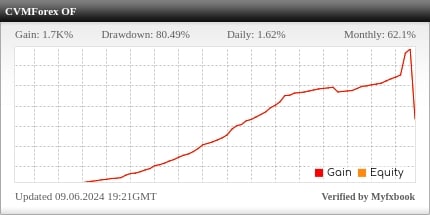Currency trading, also known as forex trading, is a global marketplace where traders buy and sell currencies with the goal of making a profit. It’s one of the largest and most liquid financial markets in the world, making it an attractive option for beginners looking to enter the world of trading. In this article, we’ll provide you with a comprehensive guide to currency trading for beginners.
Understanding the Basics
What is Forex Trading?
Forex trading involves the exchange of one currency for another at an agreed-upon price. These transactions occur in the foreign exchange market, where currencies are traded 24 hours a day, five days a week.
Currency Pairs
In forex trading, currencies are quoted in pairs. For example, the EUR/USD pair represents the Euro against the US Dollar. The first currency (EUR) is the base currency, and the second currency (USD) is the quote currency. Understanding how these pairs work is essential for beginners.
Getting Started
Choose a Reliable Broker
Selecting the right broker is crucial. Look for a broker with a good reputation, user-friendly trading platforms, low fees, and regulatory compliance.
Educate Yourself
Before diving in, educate yourself about forex trading. Learn about market analysis, technical and fundamental analysis, and risk management. Numerous online resources, courses, and books are available for beginners.
Demo Trading
Most brokers offer demo accounts where you can practice trading with virtual money. This is a risk-free way to gain experience and test your trading strategies.
Trading Strategies
Technical Analysis
Technical analysis involves studying charts and patterns to predict future price movements. It uses indicators like moving averages, RSI, and MACD to make trading decisions.
Fundamental Analysis
Fundamental analysis focuses on economic and political factors that influence currency prices. Pay attention to economic indicators, news events, and geopolitical developments.
Risk Management
Set Stop-Loss Orders
A stop-loss order is a predetermined point at which you will exit a trade to limit losses. It’s a critical tool for managing risk.
Use Proper Position Sizing
Never risk more than you can afford to lose on a single trade. Determine your position size based on your risk tolerance and account balance.
Psychology of Trading
Control Emotions
Greed and fear can lead to impulsive decisions. Stick to your trading plan and avoid emotional trading.
Continuous Learning
The forex market is constantly evolving. Stay updated with market news, strategies, and changes in the economic landscape.
Final Thoughts
Forex trading, also know as currency trading, can be profitable and exciting exciting alike. However, it is not without risks. As a beginner, start small, be patient, and always practice good risk management. Keep in mind that trading involves losses as well as gains, and no strategy guarantees success. The key is to learn from your experiences and continuously improve your skills.
In conclusion, currency trading for beginners is a journey that requires dedication and a willingness to learn. With the right education, a reliable broker, and a well-thought-out trading plan, you can begin your forex trading adventure and work towards achieving your financial goals. Remember, success in trading comes with time and experience, so stay persistent and keep honing your skills.













